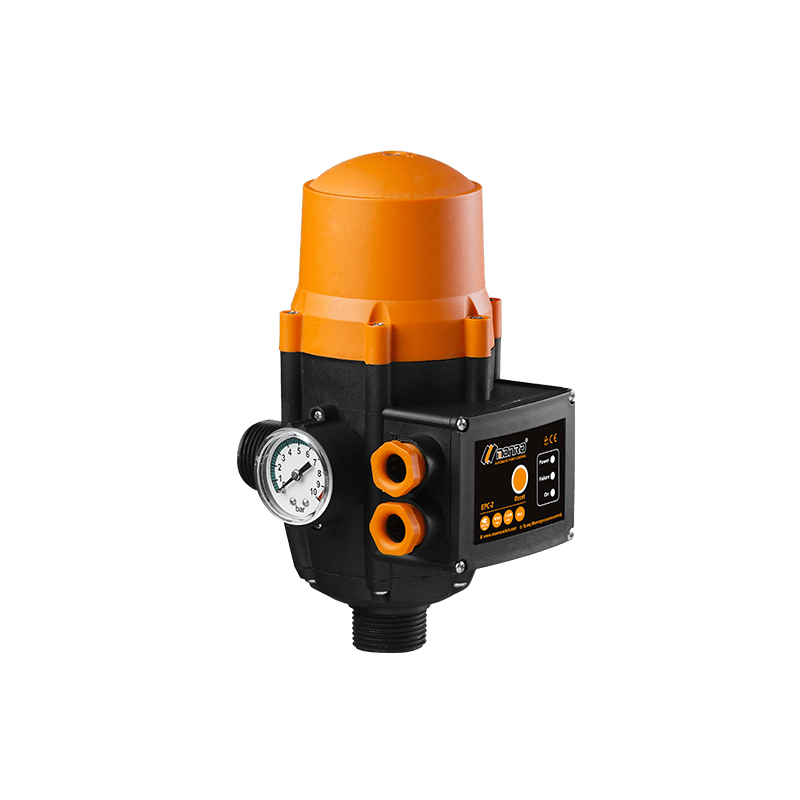Don't hesitate to send a message
Web Menu
Product Search
Exit Menu
Exploring the Diverse Types of Automatic Pressure Switches in the Market
Automatic pressure switches are crucial components in various industries, offering precise control over pressure levels in fluid systems. These switches come in different types, each designed to meet specific application requirements. Understanding the diverse types of automatic pressure switches available in the market is essential for selecting the most suitable option for different industrial needs.
Control float switches are a type of automatic pressure switch commonly used in liquid level control applications. Here's how they function and their key features:
Functionality: Control float switches utilize buoyancy principles to detect liquid levels and activate or deactivate pumps or valves accordingly. As the liquid level rises or falls, the float attached to the switch moves, triggering a switch action to control the pump or valve operation.
Key Features:
Reliable Operation: Control float switches offer reliable operation in various liquid environments, making them suitable for applications such as sump pumps, sewage systems, and water tanks.
Versatility: These switches can be customized with different float designs and materials to accommodate specific liquid properties and operating conditions.
Simple Installation: Control float switches are typically easy to install and require minimal maintenance, making them a cost-effective solution for liquid level control applications.
Float switch connections refer to the wiring and electrical connections used to integrate float switches into control systems. Here's how they contribute to the overall functionality of automatic pressure switches:
Functionality: Float switch connections enable the communication between the float switch and the control system, allowing for seamless operation and monitoring of liquid levels.
Key Features:
Wiring Options: Float switch connections may include options for different wiring configurations, such as normally open (NO) or normally closed (NC) contacts, depending on the application requirements.
Compatibility: Float switch connections are designed to be compatible with various control systems, including PLCs (Programmable Logic Controllers), SCADA (Supervisory Control and Data Acquisition) systems, and standalone control panels.
Ease of Integration: Float switch connections are typically designed for easy integration into existing control systems, minimizing installation time and effort.
Float Switch Assemblies:
Float switch assemblies encompass the complete setup of float switches, including the float, switch mechanism, and housing. Here's an overview of the different types of float switch assemblies available:
Functionality: Float switch assemblies provide a comprehensive solution for liquid level control, offering everything needed for installation and operation in a single package.
Key Features:
Diverse Designs: Float switch assemblies are available in various designs, including vertical float switches, horizontal float switches, and multi-point float switches, to accommodate different installation requirements and liquid environments.
Materials: Float switch assemblies are constructed from materials such as stainless steel, plastic, or brass, depending on the application's chemical compatibility and environmental conditions.
Customization Options: Float switch assemblies may offer customization options such as adjustable switch points, cable lengths, and mounting configurations to meet specific application needs.
Conclusion:
The market offers a wide range of automatic pressure switches tailored to different industrial applications. Control float switches, float switch connections, and float switch assemblies are just a few examples of the diverse types of automatic pressure switches available. By understanding their functionalities, key features, and application considerations, industries can select the most suitable automatic pressure switch for their specific needs, ensuring reliable and efficient operation of fluid systems.
-
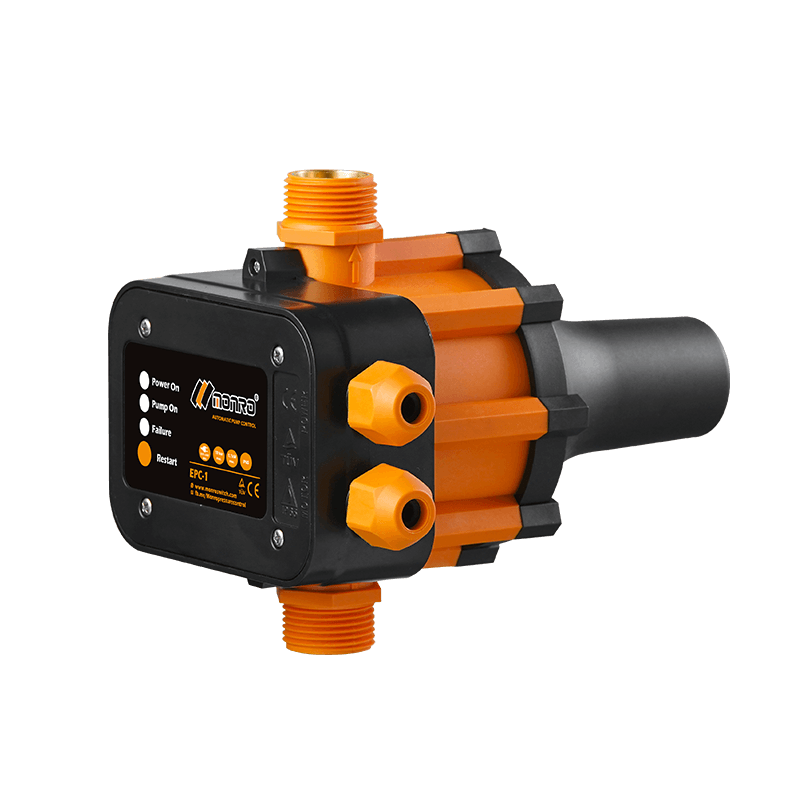 EPC-1
EPC-1Monro EPC-1 model pump controller is the classic and basic type, was loved by user in the global mar...
-
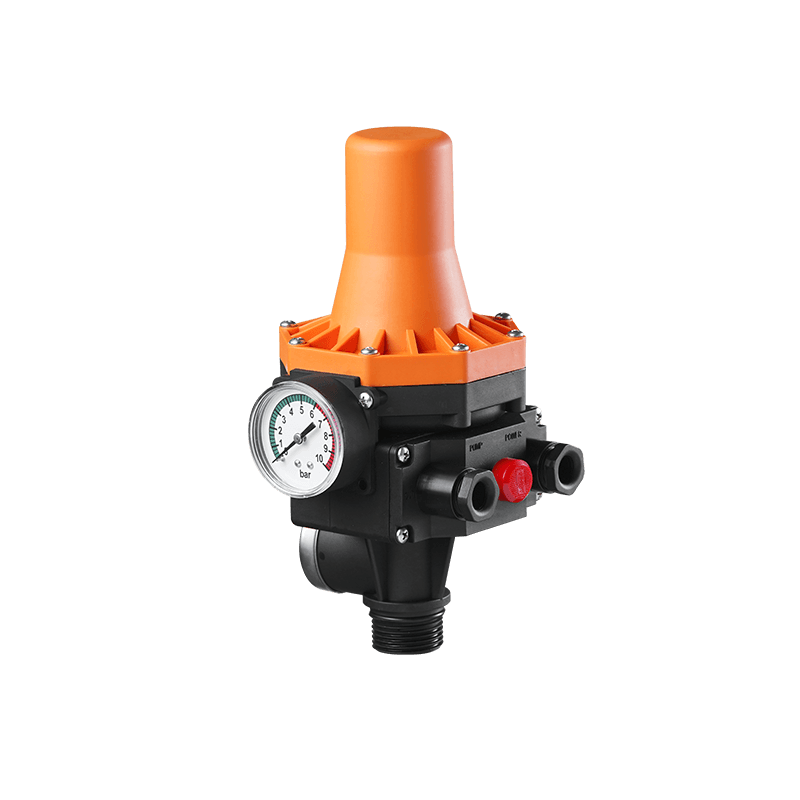 EPC-3
EPC-3Monro EPC-3 spain design auto on and off press control, an intelligent and economical system designe...
-
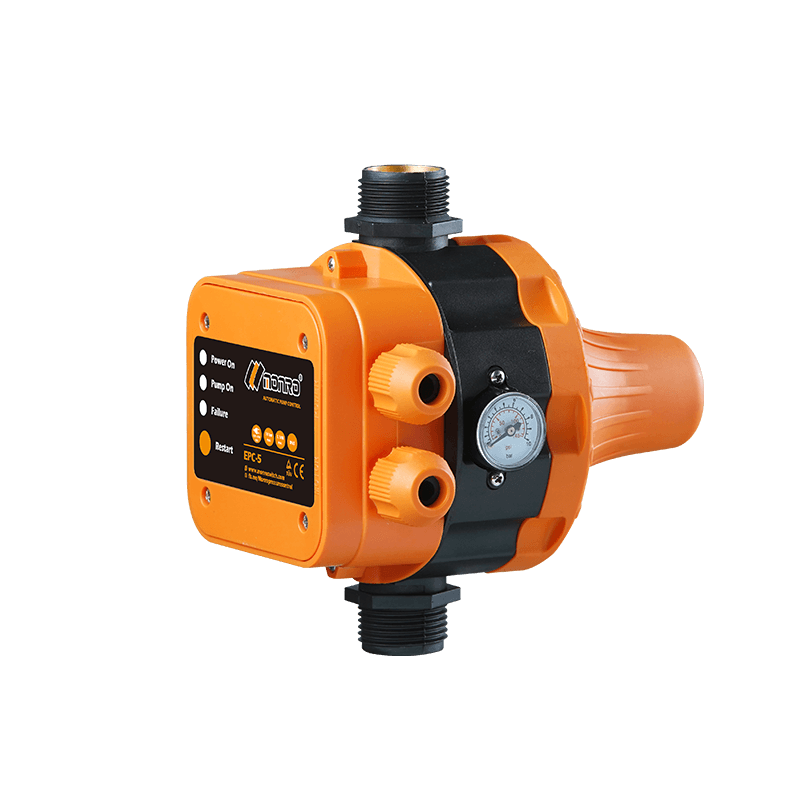 EPC-5
EPC-5Monro EPC-5 model automatic pump control, a device which assembled on the water pump (recommended si...
-
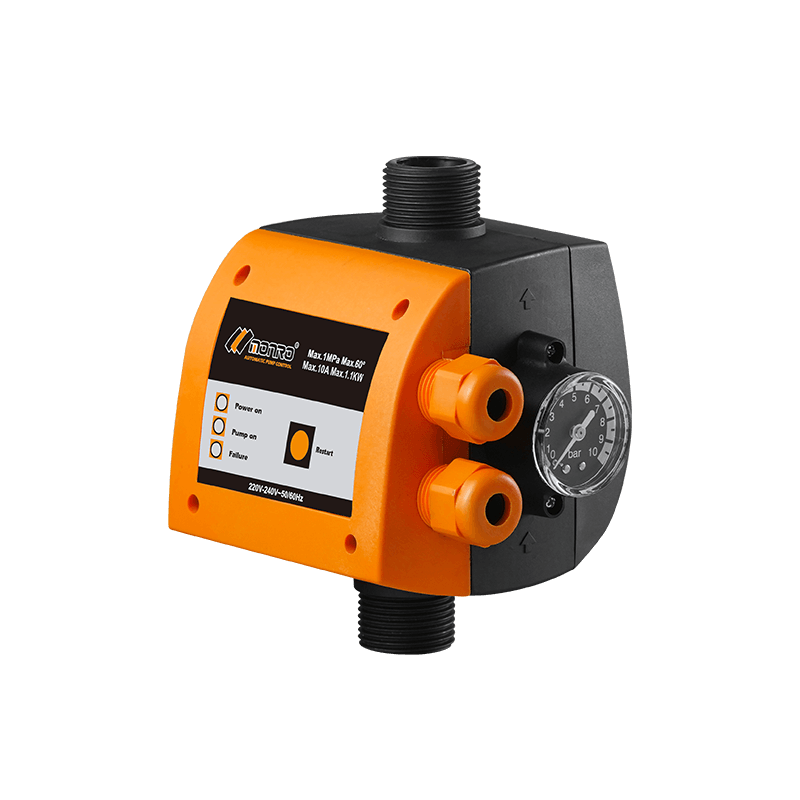 EPC-9
EPC-9Monro EPC-9 model pressure controller, is a big power device for automatic control and protection of...
-
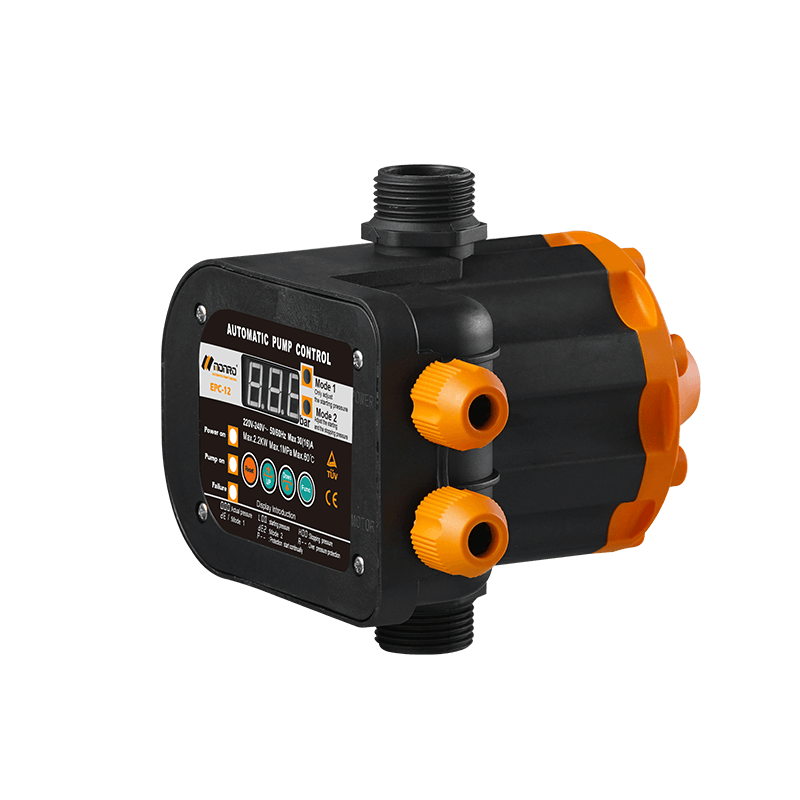 EPC-12
EPC-12Monro EPC-12 smart top-level automatic pump control is a multi-function model combined with traditio...
-
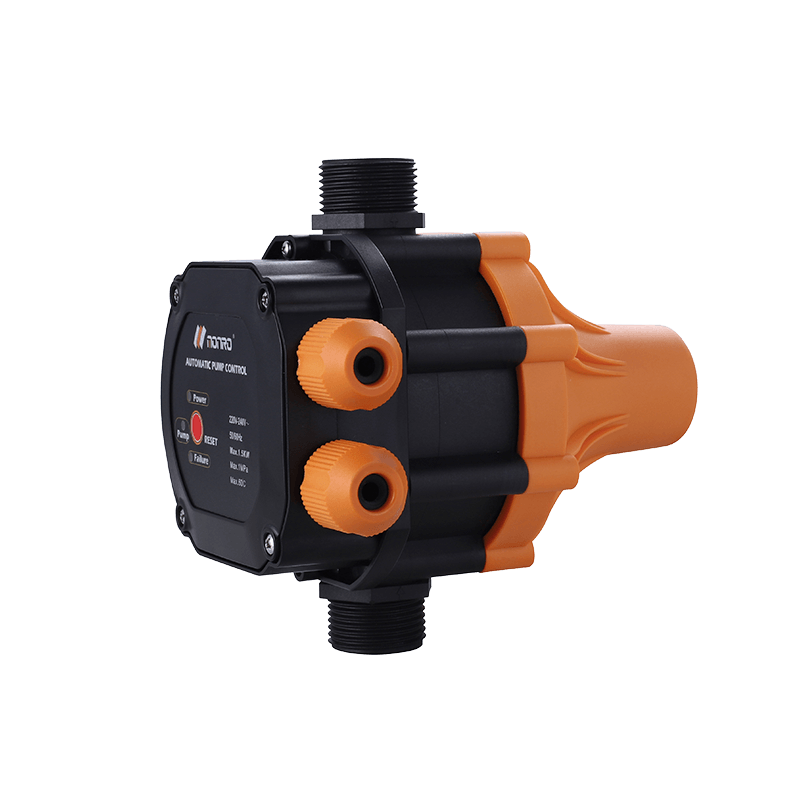 EPC-14
EPC-14Monro EPC-14 model pressure control is a big power device for automatic control and protection of el...
-
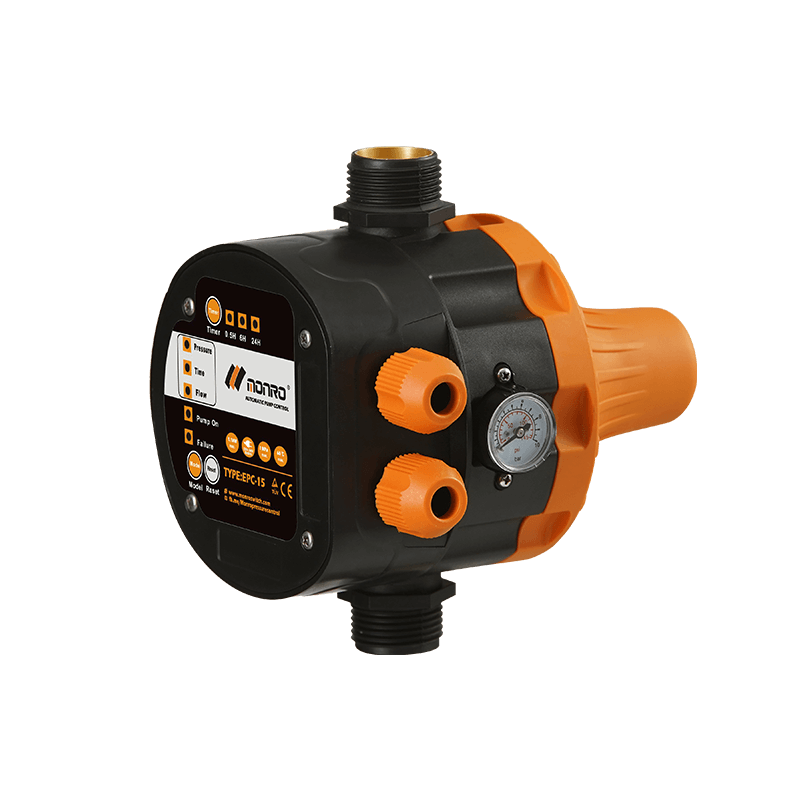 EPC-15
EPC-15Monro EPC-15 model automatic pump control, a device which assembled on the water pump (recommended s...
-
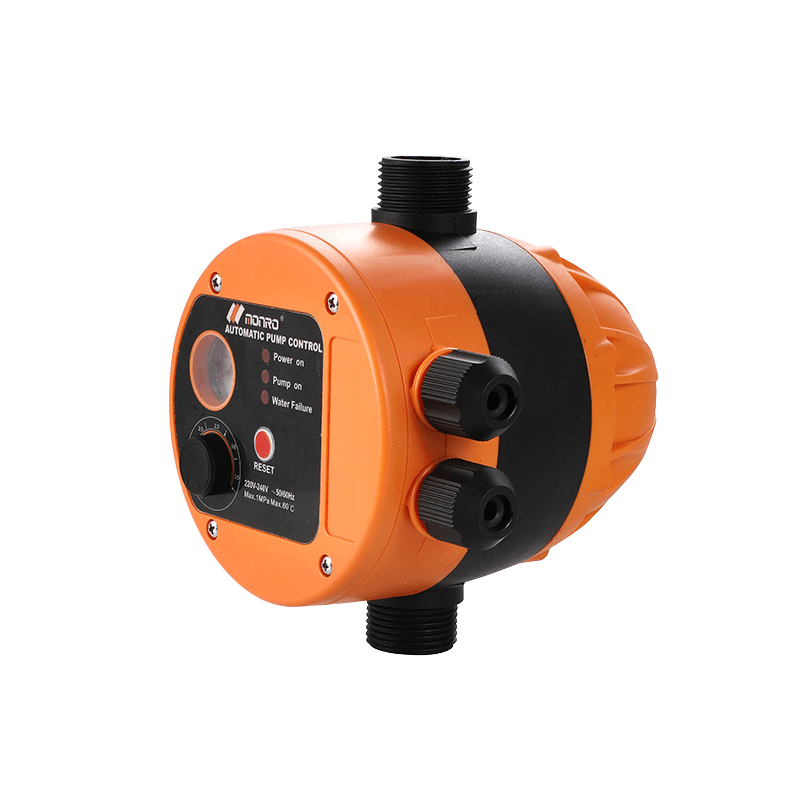 EPC-16
EPC-16EPC-16 is the new patent pump controller by Monro. Its key highlight is tooless (manual knob) start...
find our office
Committed to providing professional pressure control solutions for various types of water pumps and air compressors.

 简体中文
简体中文 English
English Español
Español